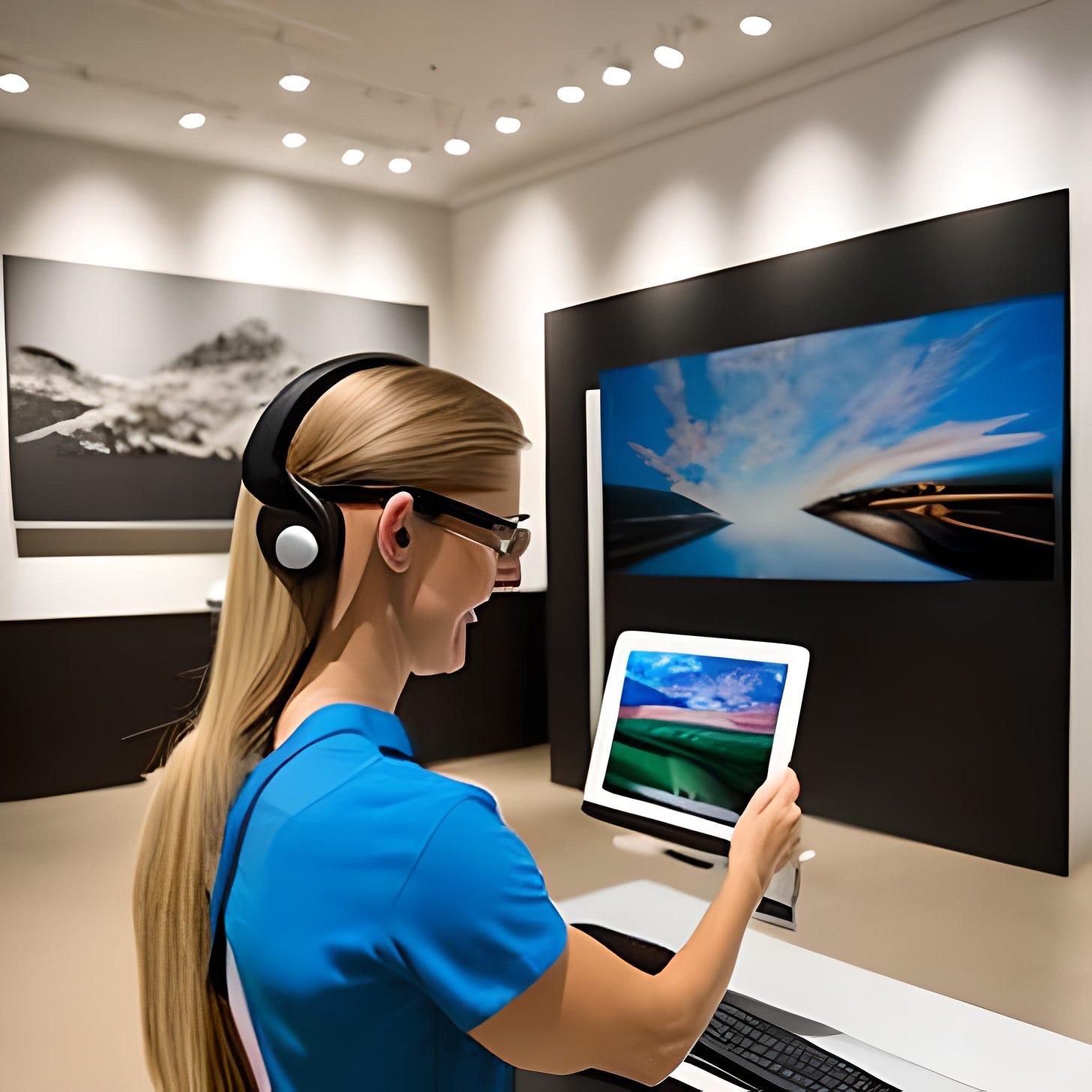"The Future of AR in Museums and Galleries: From Virtual Reality Tours to Holographic Exhibits" #AugmentedReality #Metaverse
Day 9 - AR4 " AR in Museums and Galleries"
The future of AR in museums and galleries is exciting, with potential applications ranging from virtual reality tours to holographic exhibits. In this article, we'll explore some of the most exciting developments in AR technology and how they could transform the visitor experience.
One potential application of AR in museums and galleries is virtual reality tours. Virtual reality technology allows visitors to explore exhibits in a fully immersive, 360-degree environment. This can be particularly useful for exhibits that are difficult to view in person, such as archaeological sites or historical landmarks.
Another exciting development in AR technology is holographic exhibits. Holographic displays allow visitors to interact with exhibits in a whole new way, by creating lifelike 3D images that can be viewed from multiple angles. This technology could be used to create exhibits that are both interactive and informative, allowing visitors to explore historical events or scientific concepts in a more engaging way.
In addition to these developments, AR technology is also becoming more user-friendly and accessible. With the proliferation of smartphones and ta
blets, AR technology is increasingly available to a wider audience. This means that museums and galleries can incorporate AR into their exhibits without requiring visitors to use specialized equipment.
In conclusion, the future of AR in museums and galleries is bright, with potential applications ranging from virtual reality tours to holographic exhibits. As AR technology continues to evolve, museums and galleries will have even more opportunities to create immersive and engaging experiences that bring art and culture to life in exciting new ways.





